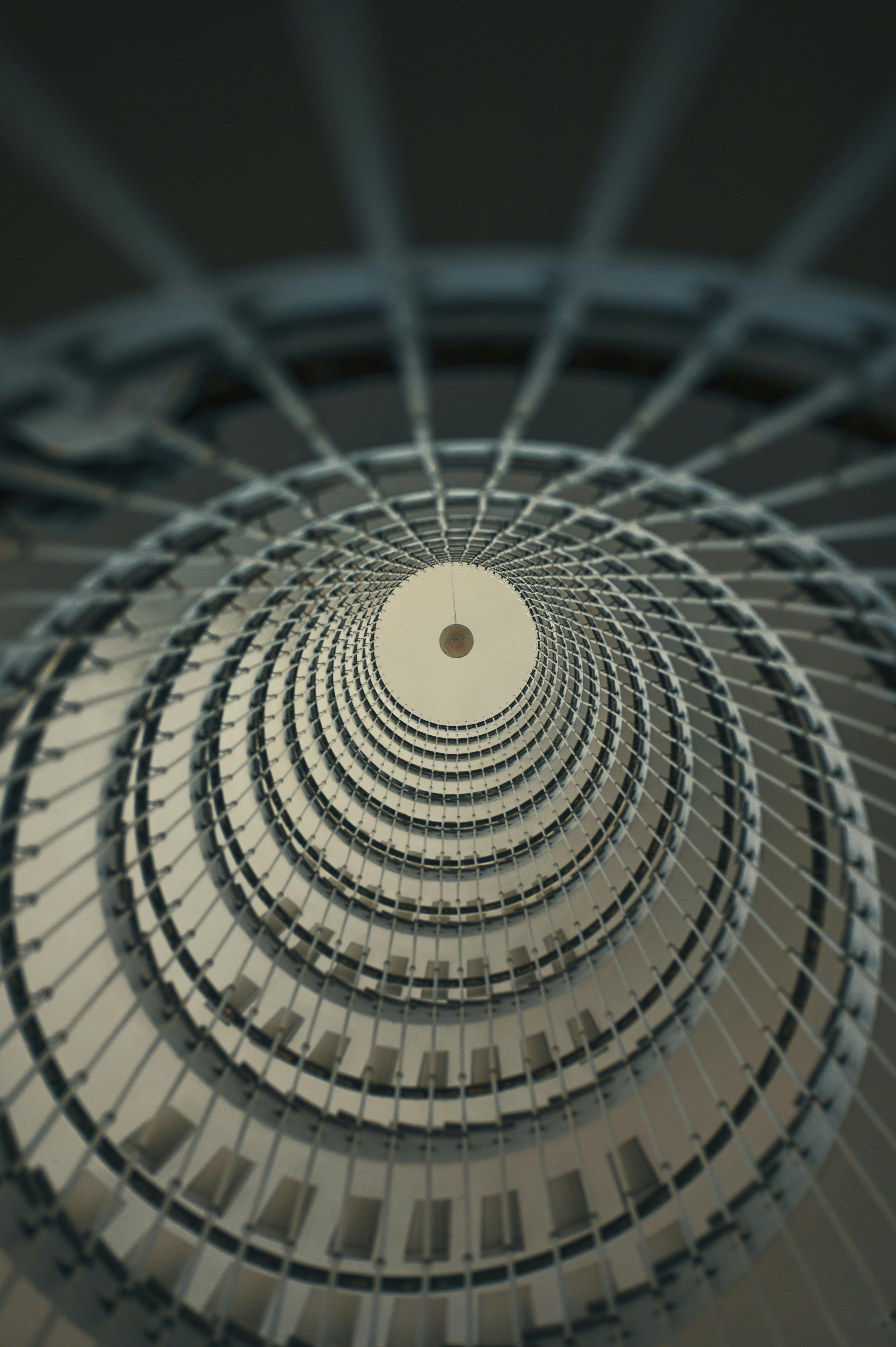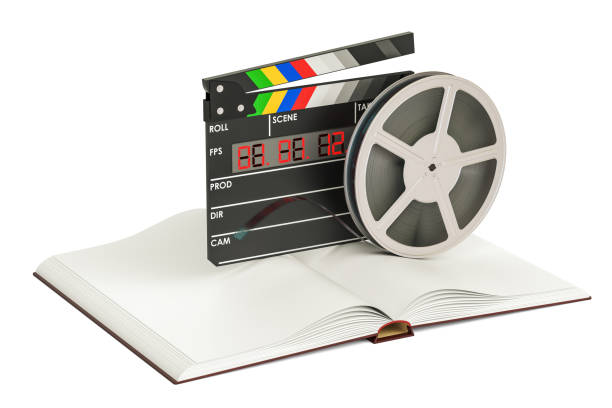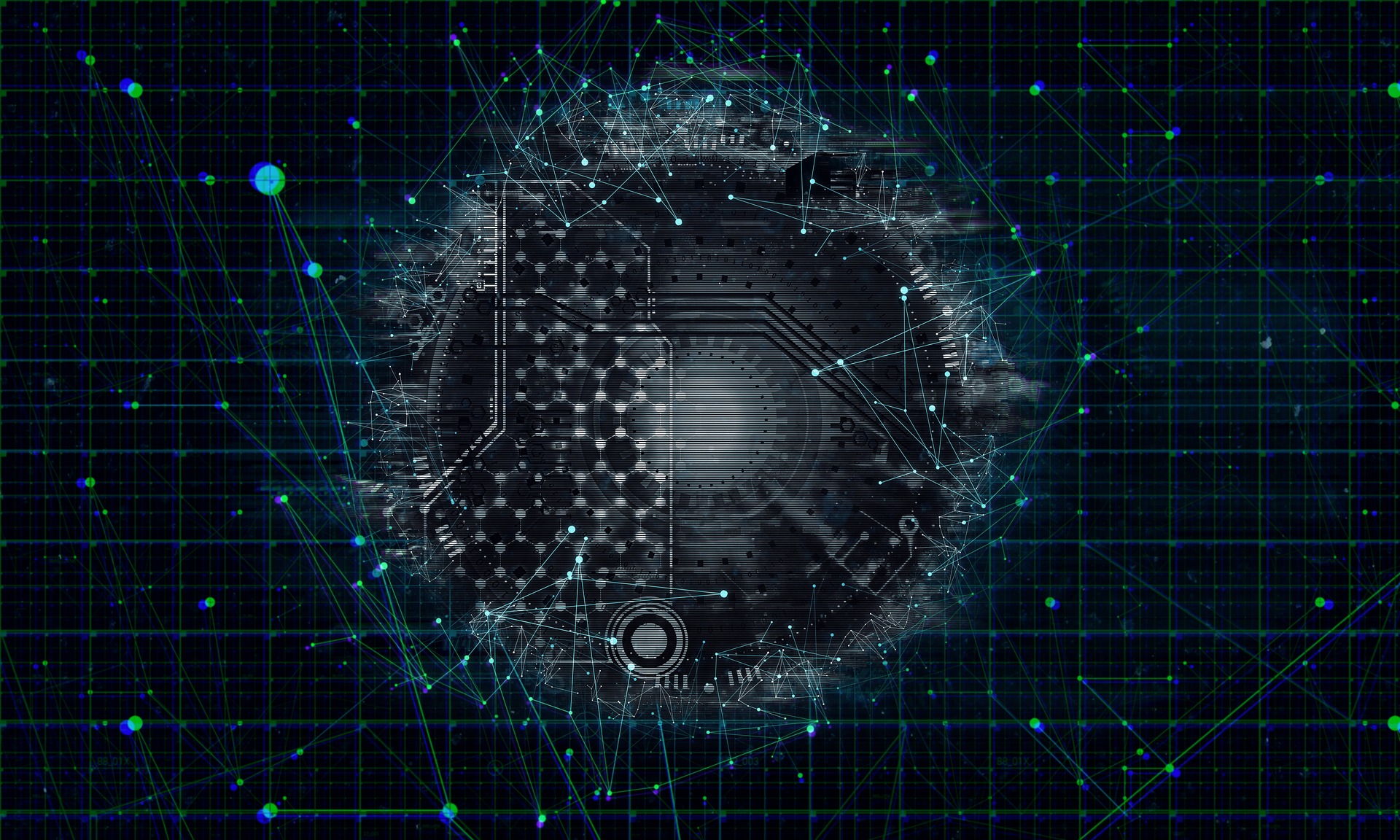A Dive into the Enigmatic World of Holographic Artistry
Introduction: Art is an ever-evolving entity, forever seeking new mediums and methods of expression. In the digital age, one such innovative avenue is holographic art. Let's delve into the captivating world of holographic artistry, a nascent form of digital art that is transforming the boundaries of creative expression.

A Historical Glance at Holography
Dating back to the 1940s, holography was a concept born out of the scientific community. The term derives from the Greek words “holos,” meaning “whole,” and “graphein,” referring to “to write.” It was first introduced by Hungarian-British physicist Dennis Gabor, who was later awarded the Nobel Prize for his innovative invention. Initially, holography was confined to the realm of scientific research. However, by the 1960s, it had begun to infiltrate the art world, offering artists a revolutionary new platform for their creative endeavors.
Holographic Art: The Intersection of Science and Art
Holographic art is a unique fusion of science and art. It involves the use of laser lights and mirrors to create three-dimensional images that change and move as the viewer’s viewpoint shifts. This dynamic interaction between the artwork and the viewer has brought a new level of engagement to the art world, challenging traditional perceptions of art as a static, two-dimensional entity.
The Contemporary Scene: Holography in the Digital Age
In the digital age, holography has taken a quantum leap forward. With the advent of digital holography, artists can now create holographic images using computers and digital displays, expanding the scope and potential of holographic artistry. This has led to innovative applications, including holographic concerts featuring late musicians, holographic fashion shows, and even holography in the film industry.
The Impact and Reception of Holographic Art
The impact of holographic art has been profound. It has challenged the traditional boundaries of art, enabling artists to create works that are not just visually stunning, but also interactive and immersive. This has sparked a wave of interest and enthusiasm within the arts and entertainment industry. However, holographic art has also sparked debate. Critics argue that it blurs the line between reality and illusion, questioning its authenticity as an art form. Nevertheless, the reception has generally been positive, with many recognizing its potential to revolutionize the art world.
Future Prospects: The Uncharted Terrain of Holographic Artistry
As technology advances, so does the potential for holographic art. Artists are continually exploring new ways to exploit this medium, pushing its boundaries to create ever more captivating and immersive experiences. Furthermore, as virtual and augmented reality technologies continue to evolve, the potential for a synergistic fusion with holographic art is immense. This uncharted terrain of holographic artistry holds immense promise, offering a tantalizing glimpse into the future of art and entertainment.
In conclusion, holographic artistry is an exciting and innovative frontier in the world of art. It is a testament to the boundless potential of creativity, challenging traditional notions of artistic expression and paving the way for a new era of digital art. As we continue to navigate the digital age, there is no doubt that holographic artistry will continue to captivate, inspire, and evolve.





